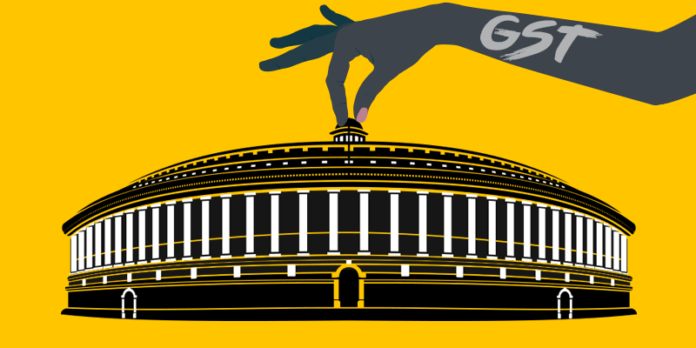
Goods and Services Tax (GST) is a comprehensive multi-stage, consumption tax which will be levied at all points of distribution and production. This tax will be levied on the value additions at each stage of production, from buying raw material to processing to production.
What is GST, as a concept?
As the name suggests, GST will be levied on goods as well as services. It will subsume various indirect taxes prevalent in the country. The GST is the country’s biggest tax reform in India’s history.
GST is a subsumption of multiple taxes levied at the state and central level. GST will engulf indirect taxes like VAT, CST, Excise Duty among several other taxes which are charged separately, thereby making the process cumbersome and lengthy. Earlier service tax and excise duty were charged separately for services and goods respectively.
Here are the benefits of GST to the Indian economy:
- Reduction in prices
- Elimination of cascading effect of taxes (Tax on Tax)
- Lesser Compliance
- Proper framework for e-retailers and e-commerce players
- Regulation of Unorganised sector
- Online procedure of tax filing
- Increase transparency
GST is a tax which will be levied on only the value addition and not the entire value of goods. This means that only the value addition at each stage of production will be leviable to tax.
GST has been bifurcated in 3 different segments namely: Lets understand this in simple layman language: GST is demarcated into two major divisions: CGST and SGST.
CGST: Centre GST will be levied by the Centre. CGST is a subsumption of a slew of central taxes, excise duty, additional excise duty, additional customs duty and service tax.
SGST: SGST stands for State GST and so, it will be levied by states. It is a comprehensive tax including VAT, sales tax, entertainment tax, purchase tax, mandi tax, luxury tax, octroi and entry tax.
IGST is levied on interstate movement of goods. The Centre will levy the central GST and integrated GST, while states will impose the SGST.
A total of 4 slabs will apply – 5%, 12%, 18% and 28%. Essential items like rice and wheat will be non-taxable. The lowest tax rate of 5% is proposed for items of mass consumption such as spices.
Exemptions under GST Act
Businesses with a total yearly turnover of less than Rs 20 lacs are not mandatorily required to register for GST. However, the Northeastern states are exempt upto the limit only Rs 10 lakh.
Expect inflation to increase after GST
The past has been evident enough of the fact that GST is followed by inflation. Countries like Canada, Australia and New Zealand have witnessed a higher inflation rate immediately after GST adoption. However, it was only a transitional hike; prices normalized and the economy stabilized after a year of GST bill rollout. Indian advisers too suggested that GST rollout will be followed by inflation.







